Developers are the most enigmatic group of highly technical folks you can sell products to.
True or not, that’s the general perception. Developers are seen as marketing averse. They may retreat if they sense you’re marketing to them. Unsurprisingly, there’s a growing subcategory of marketing (aptly named developer marketing) to “figure them out.”
So, what’s the goal of developer marketing? Based on my own experiences, here’s the answer that sits best with me:
This goal serves as the north star for the 3Ts (Trigger, Topic, Tone) framework, which I’m going to share with you in this article so you can start winning over developers.
Trigger: What forces a developer to explore something new
We don’t need to throw the traditional product marketing playbook entirely out of the window when speaking to developers. What we know about understanding adoption triggers for any buyer is also true here: you need to get familiar with the tipping points that push a developer to explore a new tool or technology.
You can start by identifying which of the following triggers apply to your product. I’m breaking these triggers into two major categories – primary vs. secondary – and ranking them in order of importance. The primary category captures the most compelling triggers.
Primary triggers
1. Saving time or cutting waste
All the talk of AI in coding connects in some way to developer time and how little of it there is. Developers want to work on interesting challenges, put out quality work, and do so in a zen state, but time sinks make it challenging.
2. Eliminating the struggle with legacy technologies
Developers in any legacy organization have to deal with a jumbled mess of a codebase. It’s a perennial source of frustration for developers worldwide.
3. Desire for ease and simplicity
Think of a new developer thrown into software projects containing a creative mix of technologies. Any dev tool that shortens their onboarding time, be it through simple workflows, intuitive interfaces, or 'easy to find' documentation, hits the spot for them!
4. Meeting new client or market requirements
Software is never static. One way or the other – whether due to market shifts, business pivots, or customer needs – you’re forced to add new features and sometimes embrace new tech solutions. Whatever cuts complexity or uncertainty here is a win.
5. Integration with existing tech stack or frameworks
No dev tool exists in isolation. You’re at the mercy of current processes and workflows and, more importantly, how well you integrate with them. The developer doesn’t want to build integrations for every new tool they want to onboard.
Secondary triggers
As the name indicates, the secondary category, while still valid, is lower on the list of compelling triggers. Consider them, but aim to ensure your product solves one or more primary triggers first.
6. Solving collaboration issues
There’s a reason why your favorite corporate tool recommends you invite your colleagues to join you. Make it easy for developers to work with others on their team. Remember, they’re already stretched thin and reaching for that next pot of coffee.
7. Access to a robust community
The open-source spirit still shines even when developers work within walled-off solutions. Adoption is easier when there’s an active community and a plethora of learning resources, especially when a developer gets into the inevitable troubleshooting mode.
8. Improving future job prospects
Developers have earned the right to be selfish. The half-life of every tool or technology they’re expected to learn gets shorter by the day. They’re incentivized to learn tools that position them as an expert, ride the wave of a trend, and look attractive to employers.
9. Expanding project scope
Expanding the scope of what’s possible is the draw here. What new features, applications, and projects can they get off the ground using what you offer?
10. Tackling ‘specialized’ pain points
This one is unique, depending on the sandbox a developer plays in. Let’s say you’re talking to developers in the e-commerce industry; in this case, solving thorny issues around conversion and compliance is the name of the game.
Topic: Adopt the right mindset and create the right content to serve the developer
Consider these three questions to shape how you share value with developers:
1. Where do you fit in their journey?
If you want to see the world through a developer’s eyes, the five-stage model from Developer Relations by Caroline Lewko and James Parton is an invaluable guide. It breaks down how developers discover, evaluate, and adopt new tools, providing insight into their mindset, behaviors, and engagement points. Here’s how their journey unfolds:
Stage 1 – Discover: Is this of use to me?
Stage 2 – Evaluate: Will it meet my needs?
Stage 3 – Learn: How does this work?
Stage 4 – Build: Can I build a proof of concept?
Stage 5 – Scale: Can I build for the long term?
2. What inspires them?
Armed with your knowledge of the developer journey, it’s time to shape your content to fit the colorful situations that pop up at each stage. A handy model comes from Win Over Wizards by James Christopher, who proposes three collective approaches inspired by behavioral psychology.
- Education: “You don’t just have to talk about what you have to offer… also teach them about the whole area you work in, including problems, opportunities, competition, activities, and trends.”
- Thought leadership: “It allows people to form their own opinions about you and your product…to show your expertise, establish your credibility, show your passion for your subject, and prove that you’re an authority in that space.”
- Developer experience: “Consider how developers work in their daily lives – it takes into account their needs, tasks, and workflows. It can also spill over into their personal lives if there are common hobbies or interests.”
3. Which formats to explore?
The phrase “eat an elephant one bite at a time” applies perfectly here – no need to try and conquer everything at once. Let the minimum viable product (MVP) mindset be your guide. Taking inspiration from the book Developer Marketing and Relations, you want to start with the basics of what gets a new user up and running quickly – your docs, getting-started instructions, sample code, and short tutorials.
After the MVP items, challenge yourself to be more daring, creative, and experimental. Create a cornucopia of content types that work for your developer audience. Pick from formats like blogs, demos, podcasts, webinars, case studies, guides, infographics, social posts, and newsletters. Go wide across content types initially, and then double down on what works within a preset time.
Finally, look at how your content can support other related efforts like offline events, open-source contributions, and engagement across social platforms.
Tone: Your voice on every platform
William Zinsser’s timeless advice on writing applies just as much to developers as it does to any audience. His four core principles—clarity, brevity, simplicity, and humanity—serve as the foundation for effective communication. Here’s how each one comes into play:
On clarity
The rule of thumb here is to drop ambiguity. Err on the side of saying too much. Get comfortable with nuances and be specific. Every CTA should be clear. Employ the classic 5W1H for asking and answering questions: who, what, when, where, why, and how.
On brevity
While it may seem contradictory to the previous point, brevity actually complements clarity. You can deliver a thorough message without being wordy. Skip the fluff and condense long passages into digestible, impactful paragraphs. Brevity helps you get straight to the point, especially when addressing changes or overcoming objections.
On simplicity
Clear thinking is the foundation of simple, effective communication. The way you present your product should reflect this—through straightforward word choice, easy-to-scan content, logical subtopics, and actionable sections.
Use the visual medium to your advantage. Lean on diagrams to convey hard-to-summarize concepts. Developers can assess whether it’s worth lingering on your content with just a quick scan, so don't labor your points any more than you have to.
On humanity
Develop a personality for your writing. Have a strong POV and portray a clear vision. Be a skyscraper in a sea of strip malls. Break through the noise. Employ the lessons of copywriting. Be engaging, empathetic, and shareable.
Four final tips to help you resonate with developers
Let’s wrap up with four pointers that’ll help you connect with developers.
1. Get the technical details right
Let the product take center stage. It's smarter to show the product in action than to simply make claims about its greatness. While we're on claims, back them up with facts and provable proof points. Set the context clearly in every piece and follow it up by writing everything with the utmost transparency.
2. Play the role of an educator
Your metric here is time to value. Can you quickly onboard developers? Can you help them make tradeoffs? Can you make it easier for them to solve their own problems?
Adopt a BLUF (bottom line up front) mentality – what should they know? What should they do? You're educating the developer on what's possible.
3. Show up consistently
Consistency isn’t just about frequency—it’s about alignment. Show up in a way that reflects your company’s values and make sure your messaging amplifies the real problems you solve. And remember – content creation is only half the battle; effective distribution ensures it reaches the right audience.
Beyond that, consistency matters. From writing style to naming conventions, maintaining a unified voice strengthens your brand. Make sure your internal guidelines are clear, accessible, and followed across the company.
4. One more time for the people in the back: Stop selling!
Winning over developers is about creating trust, and trust begins with a spirit of generosity. Give first, and you shall receive later. Engage honestly. Refrain from sales-y talk and superfluous adjectives – there’s a place for that, but it’s not in a community of developers.
Additional resources
- Developer Marketing Does Not Exist: The Authentic Guide to Reach a Technical Audience by A. Duvander
- Developer Relations: How to Build and Grow a Successful Developer Program by C. Lewko and J. Parton
- Ask Your Developer: How to Harness the Power of Software Developers and Win in the 21st Century by J. Lawson
- Developer Marketing and Relations: The Essential Guide by C. Lewko, N. Sauvage, and A. Constantinou
- Docs for Developers: An Engineer’s Field Guide to Technical Writing by J. Bhatti, S. Corleissen, J. Lambourne, D. Nunez, and H. Waterhouse
- Win Over Wizards: A Developer Marketing Handbook by J. Christopher
- The Developer Facing Startup by Adam Frankl





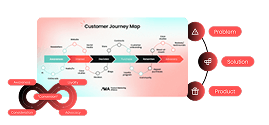
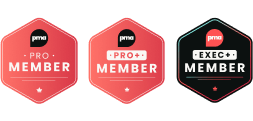

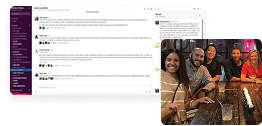
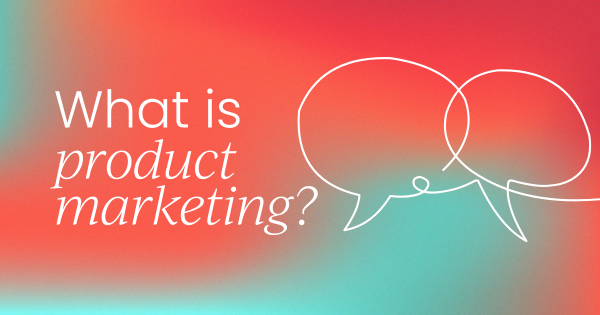


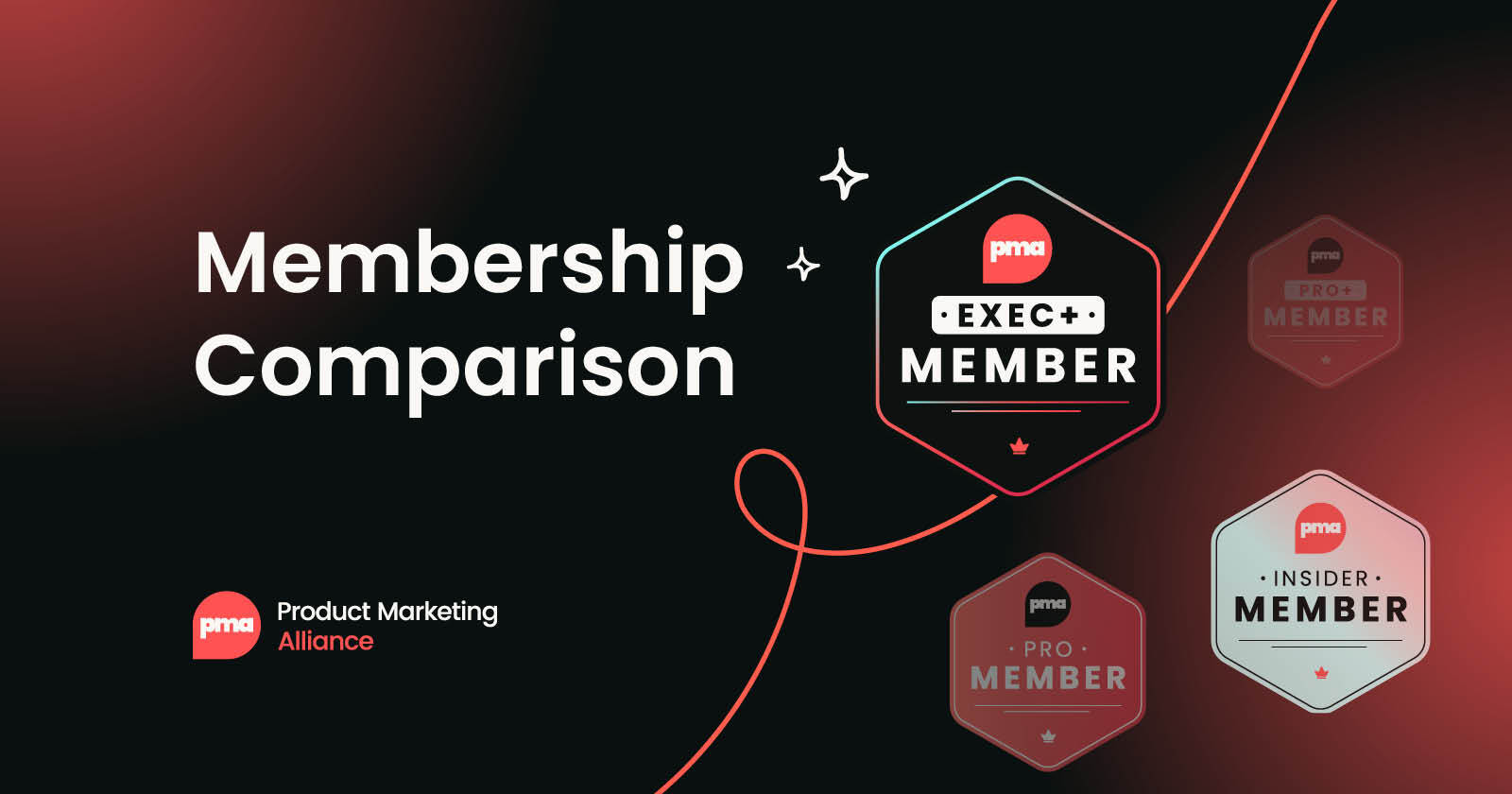
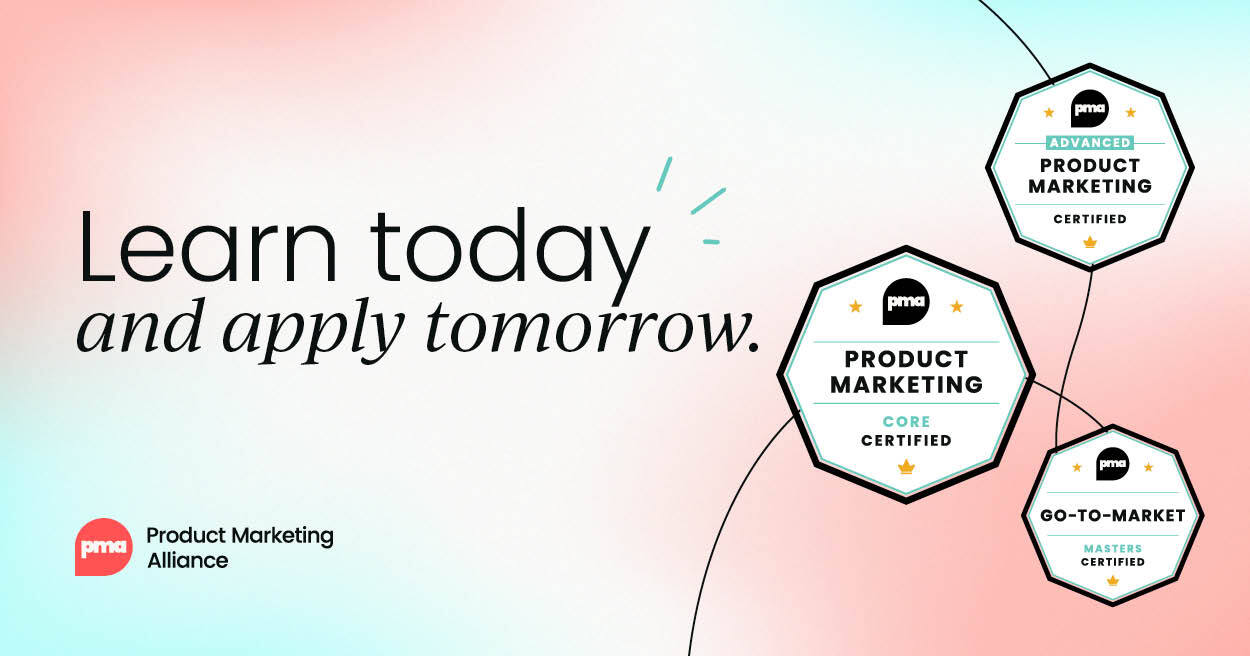
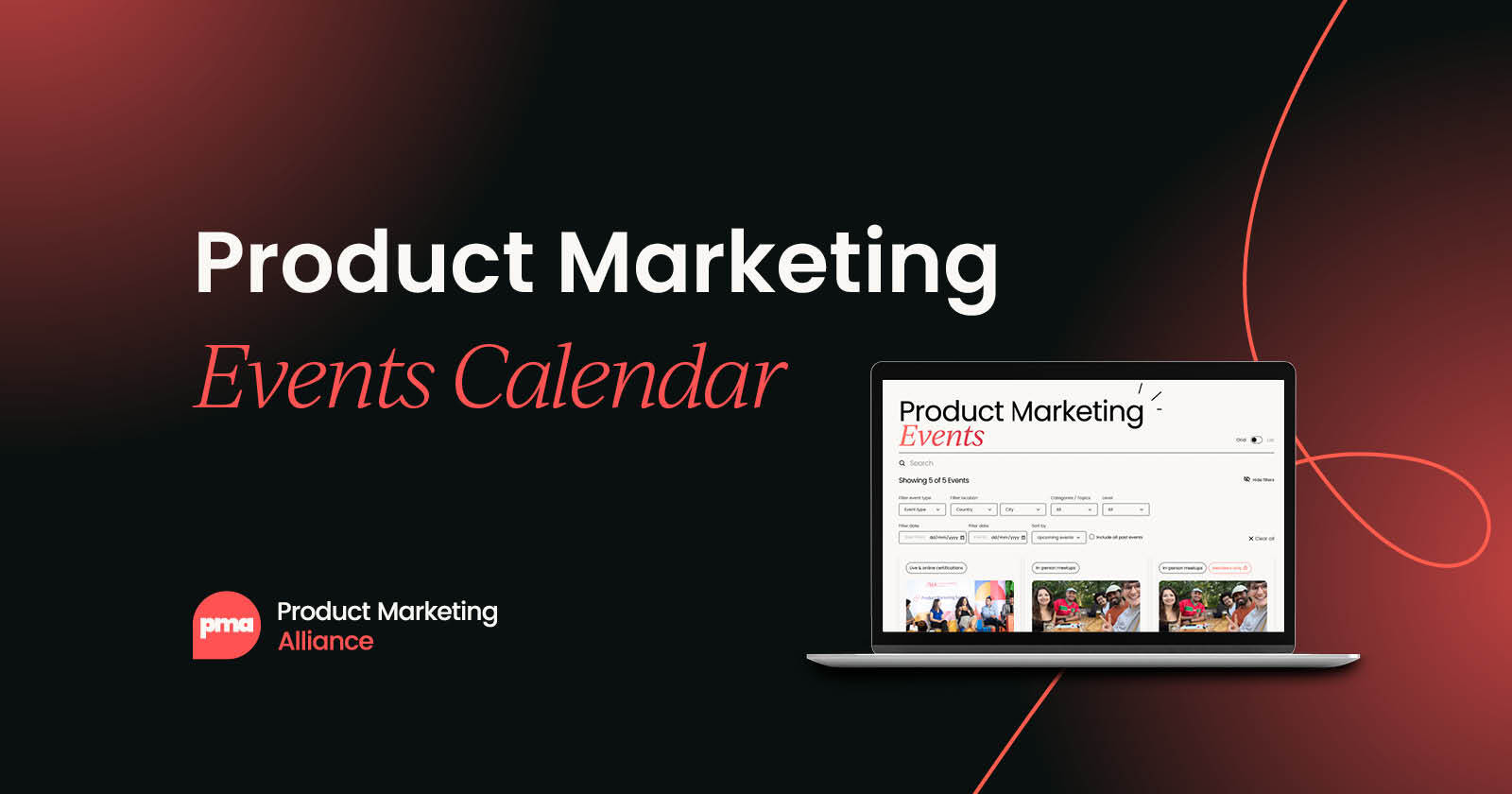
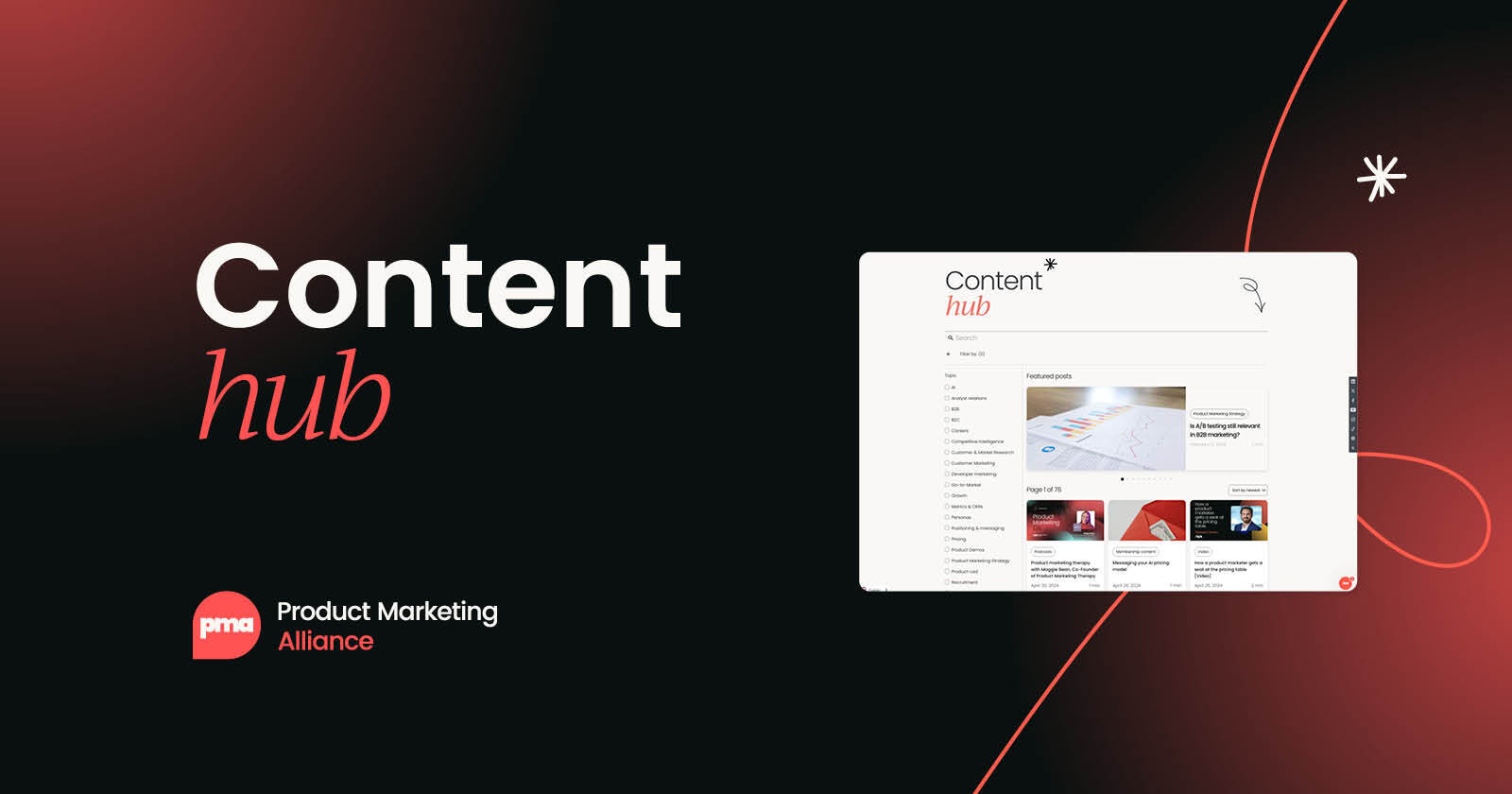

 Follow us on LinkedIn
Follow us on LinkedIn



.svg?v=aaaf5e025a)